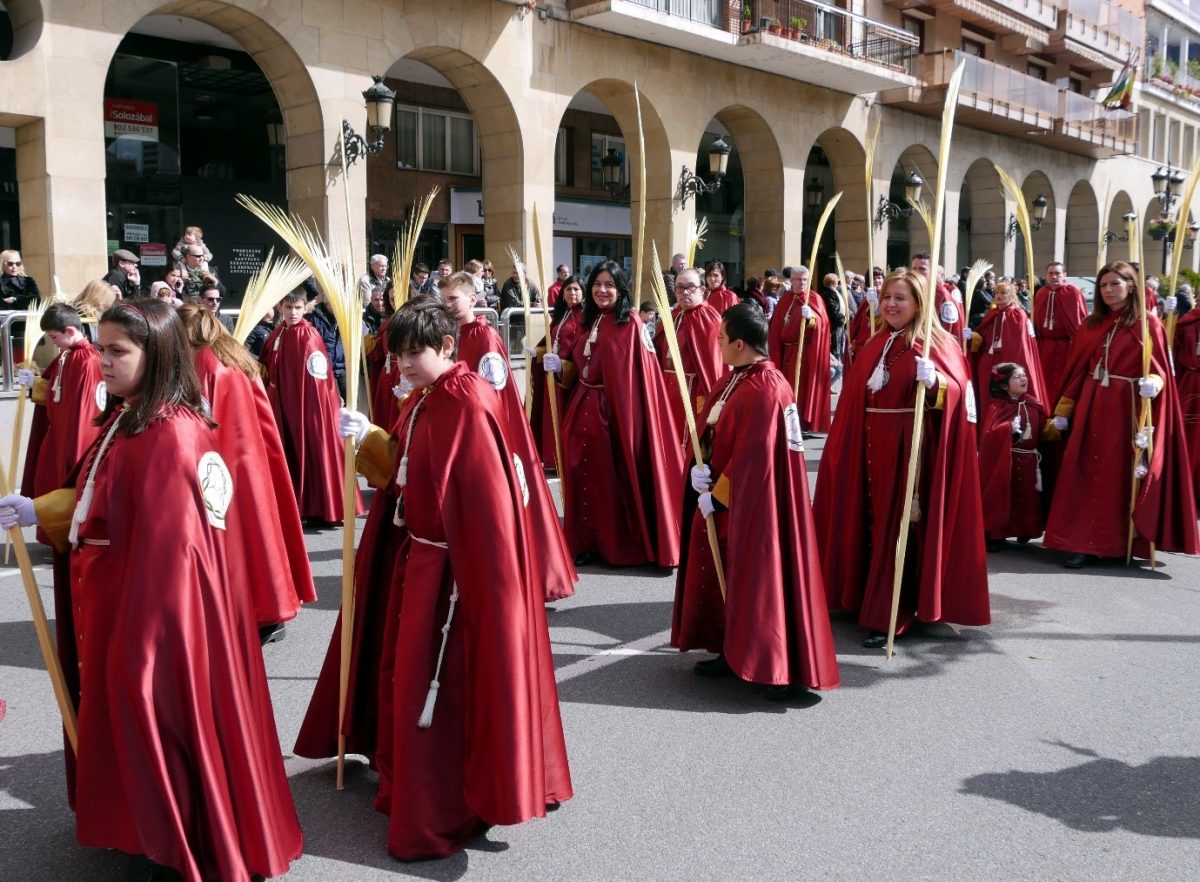
Learn the Language; Live the Culture
Celebrated in the week leading up to Easter, Holy Week (Semana Santa) is the most important religious festival of the year in Spain and is a great time to visit with your students. Join the thousands of locals and visitors who flock to the towns and cities to watch the mesmerizing Easter processions in the streets and enjoy the buzzing atmosphere of this important, spiritual time in Spanish culture.
What happens during Semana Santa in Spain?
Semana Santa is the biggest religious celebration of the year in Spain and is a time for Spaniards to take to the streets to watch processions that depict the Passion. It is also a public holiday which means the locals enjoy some time off work, eating, drinking and socializing with family and friends.
Elaborate processions take place throughout Semana Santa which are known as ‘penance processions’ and involve members of the brotherhood (a tradition in Spain, with many dating back to the Middle Ages) parading from their church to the city’s cathedral. The processions are often accompanied by live marching bands that play religious music.
What are they wearing?
Those taking part in Semana Santa processions wear traditional capirote – the tall conical hat which also covers their faces. Traditionally, this was worn by people doing penance: as a sign of atoning their sins, they would walk through the town wearing the hat, covering their face so they could not be recognized as sinners. Women often wear the mantilla, a black lace veil worn high on the back of the head.
What are they carrying?
In most Easter processions, participants carry large, impressive floats (or pasos) that are adorned with religious sculptures depicting Jesus or Mary and are decorated with flowers and candles. Many brotherhoods have owned and preserved their pasos for hundreds of years.
What do they eat?
Although easter eggs are becoming increasingly popular in Spain, they aren’t the country’s traditional easter treat. Torrijas are a traditional Semana Santa sweet snack of bread soaked in milk and egg before being fried and served with sugar or honey, and are available all over the country during Holy Week – make sure to try it!
